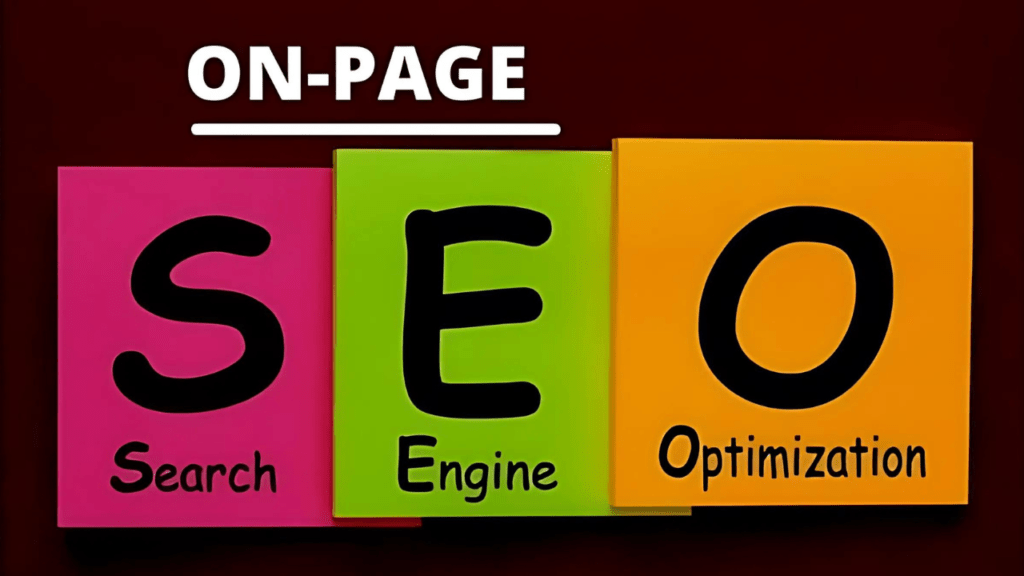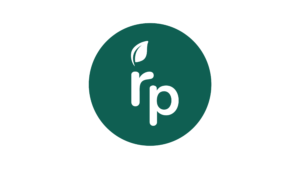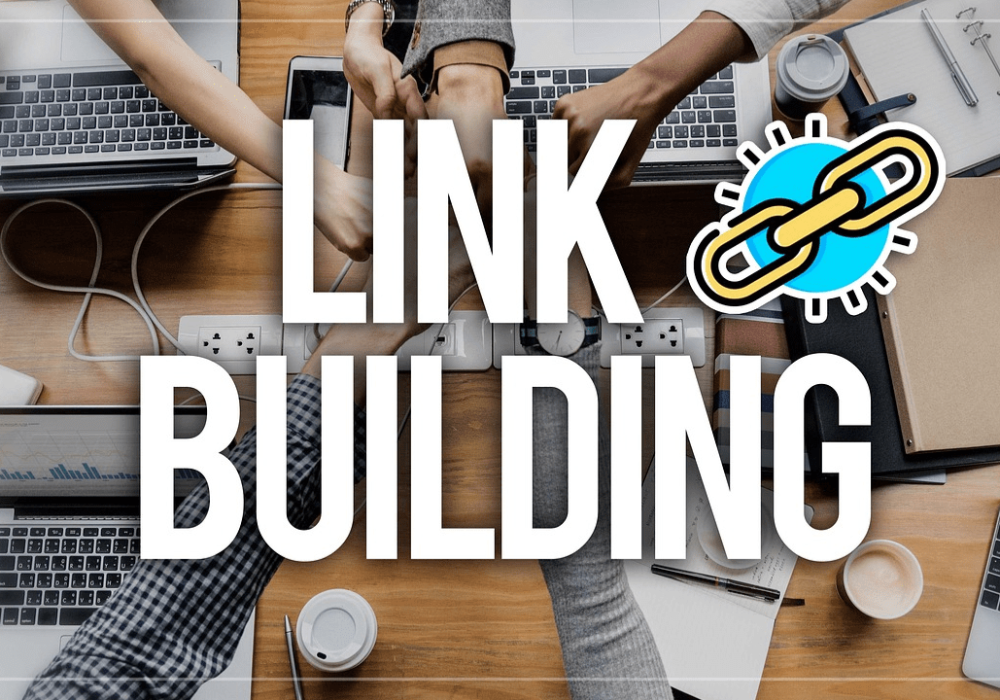Table of Contents
ToggleOptimize Your Site with These 13 Must-Know On-Page SEO Factors
The Digital Marketing landscape is always changing, and so unlike many years ago where good content will automatically get you first-rate SERP (Search Engine Results Page), those days are no more. On-page SEO is the practice of optimizing individual web pages to rank higher and earn more relevant traffic. The first thing to learning how to get more backlinks is mastering and practicing appropriate on-page search engine optimization (SEO) tactics which will not only increase the visibility of your website but also its performance.
On-page SEO is the practice of optimizing elements on a website (as opposed to links elsewhere on the Internet and other external signals collectively known as “off-site” SEO) in order to rank higher and earn more relevant traffic from search engines. While off-page SEO refers to external signals such as backlinks, it involves those elements that you can have control over on the website. Having sufficient on-page optimization allows search engines to understand your content adequately, further aiding you in getting ranked for target keywords. When you address such elements of site optimization, not only do you improve user experience on a page-by-page level — but at the domain as an entirety which will eventually result in getting more free traffic to your website.

1. Title Tags:
For engaging in on-page SEO, title tags provide the single most critical factor. They should be clear, have your main keyword in them and provide a visual spark of what the video is. Aim for 50-60 characters to work on search results and call the user attention.
2. Meta Descriptions:
That a meta description can have profound effect on click-through rate While this won’t improve rankings, writing your target keyword here and keeping it under 160 characters can encourage people to click on yours.
3. Header Tags:
Header tags symbolize the manner of systematically organizing your content and making it more readable. Utilize H1 tags for the main title and H2 and H3 tags for subheadings. Always remember to incorporate your main keyword into the H1 tag for better on-page search engine optimization.
4. URL Structure:
On-page optimization also enhances with a clean and descriptive URL structure. Thus, embed proper key phrases in your URLs, and make them short and understandable for better readability and indexing by search engines.
5. Keyword Placement:
Keyword placing is one of the key things when it comes to on-page SEO. Keep your main keyword within the first 100-word boundary and sprinkle related keywords naturally in the text to keep readability.

6. Internal Linking
This will distribute page authority strategically by using internal links that redirect users to related content, amplifying on-page SEO techniques that can be used in collaboration with site navigation to help search engines crawl your site with ease.
7. Optimizing Images:
Optimization of images also includes using descriptive file names and giving alt text to them, including target keywords. It also helps in on-page search engine optimization, speeds up page loading, and makes it accessible.
8. Mobile-friendliness:
A responsive design is critical when it concerns on-page SEO. Your website should be mobile-friendly and accommodate screen size variation; this is because search engines are now prioritizing mobile-first indexing.
9. Page Load Speed:
Page load speed impacts not only the user experience but also your position in SEO rankings. Compress your images, enable browser caching, and minify code-all to improve your page load speed, which is the biggest chunk of on-page optimization.
10. Content Quality:
Rich and engaging content is the foundation for the on-page SEO methods. Your content should be informative, relevant, and well-written to hold the users’ interest and minimize bounce rates.
11. Schema Markup:
Schema markup will help them understand your content better. The introduction of structured data will give your search listings rich snippets, which could be helping for either visibility and/or click-through rate.
12. Social Sharing Integration:
Although it is not a direct ranking factor, adding social sharing buttons invites users to share your content, thereby helping your on-page SEO indirectly by gaining more traffic and visibility.
13. User Experience (UX):
A good user experience is what will keep your visitors on and reduce the bounce rate. Make sure that navigation on your site is effortless: the layout clear, the design intuitive to support on-page optimization in general.
Master on-page SEO, and it will raise your website’s ranking in a search engine and develop an improved user experience. Always pay due attention to these 13 important on-page SEO factors, which provide enhanced visibility for your website, more relevant traffic, and better outcomes concerning the search engine rankings. Implement these practices religiously and track the results to always keep you ahead in this competitive world of digital marketing.

